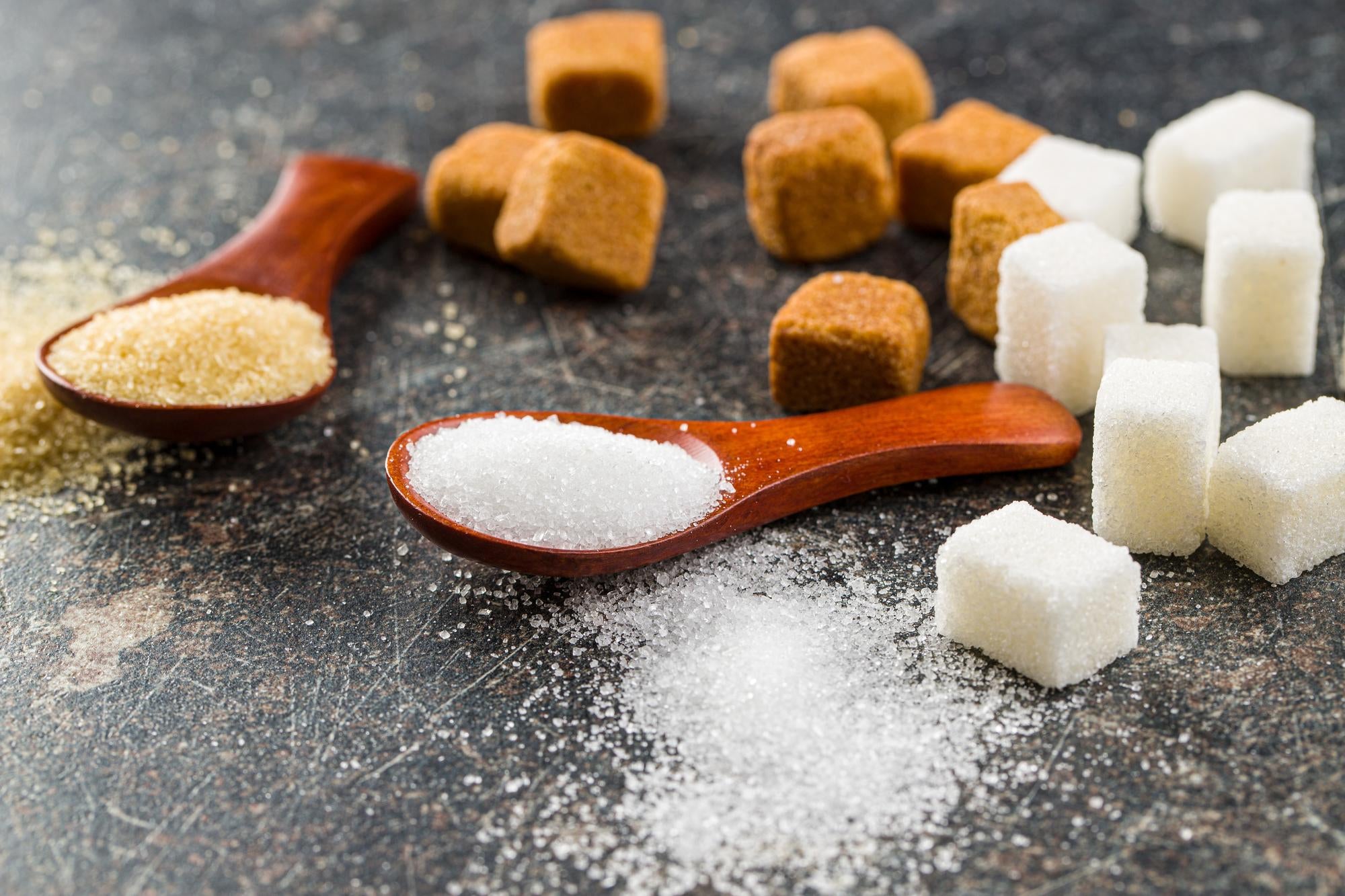Recognizing the Nutritional Advantages of Beet Sugar Vs Walking Cane Sugar for Wellness Conscious Consumers
When examining the nutritional effects of beet sugar versus walking cane sugar, health-conscious customers discover that both varieties largely are composed of sucrose and offer comparable calorie values, each adding around 16 calories per teaspoon. Regardless of this resemblance, neither type provides considerable wellness advantages, as they are lacking crucial nutrients. Exploring the more comprehensive impacts, consisting of environmental factors to consider and long-term health and wellness impacts of sugar consumption, could illuminate much more nuanced differences between these 2 sugars.
Nutritional Account and Caloric Worth of Beet Sugar and Cane Sugar
Although both beetroot sugar and walking cane sugar are primarily composed of sucrose, their nutritional accounts and calorie worths are extremely comparable. Each offers about 16 calories per tsp and is composed virtually entirely of carbohydrates, with very little amounts of healthy protein or fat. These sugars additionally do not have substantial quantities of vitamins or minerals. The improvement procedure remove most of the fundamental nutrients, making both kinds almost the same in regards to nourishment. There are trace distinctions in the pollutants that continue to be after handling, which can a little affect the flavor and shade of the sugars, yet these are minimal in terms of wellness impact. For consumers concentrating on nutritional impact, the selection between beet and walking cane sugar is more about individual preference or possible ecological issues instead of nutritional distinctions. Both ought to be consumed in moderation within a well balanced diet plan as a result of their high caloric web content and lack of essential nutrients (beet sugar vs cane sugar).
Environmental Influence and Sustainability of Sugar Manufacturing
While the dietary distinctions between beet sugar and cane sugar are minimal, their manufacturing processes provide even more considerable differences, specifically in terms of environmental effect and sustainability. Walking cane sugar manufacturing usually includes considerable land use and logging, which adds to environment damage and biodiversity loss. This agriculture is likewise related to high water consumption and water pollution due to the drainage of chemicals and plant foods. In contrast, beetroot sugar manufacturing normally calls for much less land and can be grown in even more pleasant climates, which might reduce the need for watering and the affiliated water source exhaustion.
However, beet growing is not without its ecological challenges; it entails significant power inputs, specifically in the north climates where it is grown, due to the requirement for longer home heating durations why not try these out in sugar handling. Both sugar beet and sugar walking stick markets are discovering extra sustainable practices, including crop rotation, organic farming, and enhanced waste administration methods to alleviate these influences.
Health And Wellness Consequences and Recommendations for Sugar Intake
In spite of their very little dietary distinctions, both beetroot sugar and walking cane sugar can have destructive health effects when eaten over. High consumption of either sort of sugar adds to a variety of health problems, consisting of excessive weight, kind 2 diabetes mellitus, and heart problem. Both sugars are pure sucrose and offer no vital nutrients other than calories, bring about fast spikes in blood sugar degrees upon usage.


Conclusion
